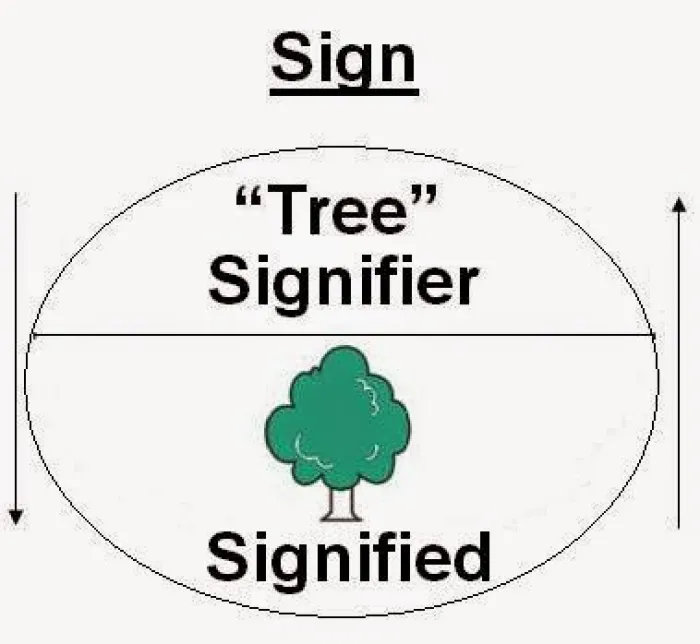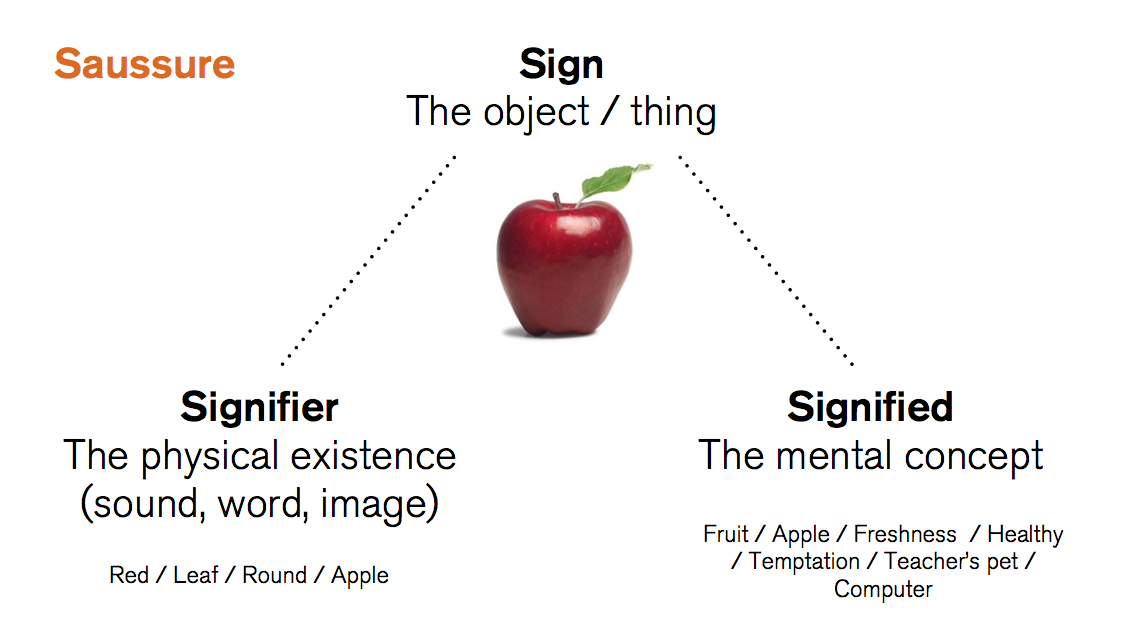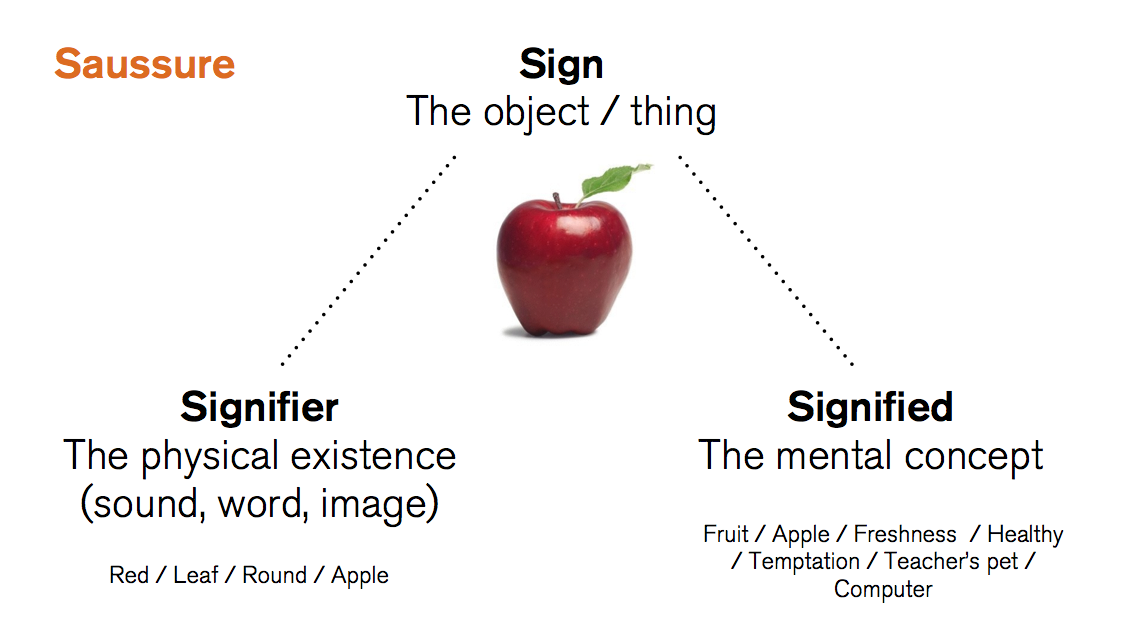Topic 11. The word as a linguistic sign. Homonymy. Synonymy. Antonymy. "False friends". Lexical creativity
1/128
There's no tags or description
Looks like no tags are added yet.
Name | Mastery | Learn | Test | Matching | Spaced |
|---|
No study sessions yet.
129 Terms
What is the main focus of this linguistic topic?
The main focus is the study of the word as a linguistic sign, analysing its meaning, the concept of the sign, and linguistic units.
Which key concepts are examined in this topic?
Homonymy, synonymy, antonymy, false friends, and lexical creativity.
(Introduction) The meaning of words
changes over time as they reflect cultural shifts and new concepts.
What role does culture play in language?
The meaning of words themselves is not constant or fixed in time. Words are a reflection of culture and as such, new words are contantly coming into use as the need for new concepts arises.
Why is a good set of linguistic and lexical resources fundamental for second language learners?
It is essential for achieving communicative competence, understanding written and spoken texts, and producing language effectively.
Define homonymy.
It occurs when two or more words have the same form (spelling or pronunciation) but different meanings (e.g., "bank" as a financial institution and "bank" of a river).
Define synonymy.
refers to words with similar or identical meanings (e.g., "big" and "large").
What is the definition of linguistics according to the Cambridge Dictionary?
“the scientific study of the structure and development of language in general or of particular languages"
What is lexical creativity?
It refers to the ability to create new words or use existing words in novel ways, often reflecting cultural or technological changes (e.g., "googling" from the brand name "Google").
What are false friends in language learning?
These are words in two languages that look or sound similar but have different meanings (e.g., "embarrassed" in English and "embarazada" in Spanish, which means "pregnant").
What are the four traditional branches of linguistics?
Phonetics, morphology, syntax, and semantics.
The study of encoding and decoding messages reveals four different levels of linguistic analysis:
Sound Level
Morphological Level
Syntactic Level
Semantic Level
What is the focus of phonetics?
It studies speech sounds in general.
What is the difference between phonetics and phonology?
Phonetics studies speech sounds in general, while phonology focuses on the specific sounds of a language.
What is a morpheme?
It is the basic meaningful unit of a word.
What is an allomorph?
It is a variant form of a morpheme.
What does morphology study?
It deals with the internal structure of words and word formation.
What is syntax?
It is the set of rules governing language structure, including how sentences are formed.
How are sentences structured according to syntax?
Sentences > Clauses > Phrases > Words.
What must a sentence contain at a minimum?
A sentence must contain at least one main clause.
A clause is made up of phrases and phrases are formed by words.
What does semantics study?
It studies the meaning of words and sentences.
What does pragmatics study?
It focuses on the intended meaning of speakers.
Intended meaning is interpreted by means of
prosodic elements, i.e. stress, rhythm, intonation,
communication strategies
and extralinguistic elements such as body language.
Semantics is the study of meaning based on
The way words and sentences are related to the objects and processes to which they refer
What are the two types of sense relations in semantics?
Syntagmatic relations
Paradigmatic relations
Syntagmatic relations
The way words are related within the sentence.
Paradigmatic relations
is concerned with the way words are grouped together into categories like nouns and verbs. Words belonging to the same word class can be exchanged for each other in a sentence.
For example, the sentence “the cat sits”, the word cat can be replaced by other nouns such as dog, bird or mouse without changing the grammatical structure.
What is an example of a syntagmatic relation?
In the sentence "The cat sat on the mat," the words "cat," "sat," and "mat" are related because they combine to form a meaningful sentence.
What is an example of a paradigmatic relation?
In the sentence "The cat sat on the mat," the word cat can be replaced by dog, rabbit, or child, as they all belong to the same word category (nouns).
According to Saussure (1945), what are the two parts of a linguistic sign?
Signifier
Signified

Signifier
A concept and its acoustic image. E.g. the word “tree”

Signified
The mental concept. E.g. the tree we visualise

What are the two principles proposed by Saussure (1945) regarding linguistic signs?
The linguistic sign is arbitrary
The signifier is linear, it is characterised by duration.
The linguistic sign is arbitrary
There is not any natural relationship between the signifier and the signified. This is highlighted by the fact that one signified can be denoted by various signifiers, e.g. tree in other languages like arbol and arbre.
The signifier is linear
It is characterised by duration. If language weren’t linear it would be chaotic.
Why is the definition of word controversial?
There are some difficulties with the concepts of word and meaning: words can have more than one meaning and they can share the same meaning, e.g. love and loved could be considered different words, but they also share a core meaning.
To clarify the concept of lexical meaning we need to look into other linguistic units
Lexical units
Morphemes
Lexemes
Lexical units
are form-meaning sets that exhibit meaning relationships, such as antonyms (long-short) or hyponyms (dog-animal). The meaning of a lexical unit is called sense
The meaning of a lexical unit is called
sense
What is a morpheme?
The smallest unit of language that has its own meaning, either as a whole word or part of a word (Cambridge Dictionary). It is the minimal meaningful unit of language.
What is the minimal meaningful unit of language?
A morpheme
The most basic form of a morpheme is called
stem or base e.g. expect.
How are new words created using morphemes?
New words are created by adding morphemes (e.g., prefixes, suffixes) to a stem or base. For example, "un-" + "expect" + "-ed" = "unexpected."
E.g. expect, other morpehemes can be added to the stem in order to produce new words
e.g. un-expect-ed
What are the two main types of morphemes?
1) Lexical morphemes (denote objects, states, facts, etc.)
2) Functional morphemes (denote grammatical functions)
What is a lexical morpheme?
A morpheme that denotes objects, states, facts, or relations. They are an open class set and can be either free (stems) e.g. book or bound (affixes) e.g. "dis-" in disagree
What is the difference between free and bound lexical morphemes?
Free lexical morphemes: Can stand alone as words (e.g., "book").
Bound lexical morphemes: Must attach to another morpheme to have meaning (e.g., "dis-" in "disagree").
Lexical morphemes can be combined with other lexical units resulting in the creation of a new lexeme through
the word formation process
What is a functional morpheme?
A morpheme that denotes grammatical functions. They are a closed class set and can be free (function words) e.g. conjunctions or bound (inflectional) like "-ed" in worked.
Functional morphemes can be combined with lexical morphemes according to the rules of
word inflection
What is the difference between free and bound functional morphemes?
Free functional morphemes: Function words that stand alone (e.g., conjunctions like "and").
Bound functional morphemes: Inflectional morphemes that attach to other words (e.g., "-ed" in "worked" or "-ing" in "running").
Which type of morphemes are an open class set?
Lexical morphemes
Which type of morphemes are a closed class set?
Functional morphemes
Most stems are free morphemes, but not all of them e.g.
re-ceive
The stem plus a bound morpheme may form the base for new words e.g.
friend – friendly – unfriendly
What are the two types of bound morphemes?
Inflectional morphemes: Modify tense, number, aspect, or possession (e.g., "love" → "loved", "boy" → "boys").
Derivational morphemes: Change either the meaning or the class of a word (e.g., "historic" → "prehistoric").
Example of inflectional morpheme
"love" → "loved", "boy" → "boys"
Example of derivational morpheme
"historic" → "prehistoric"
What is an inflectional morpheme?
A bound morpheme that modifies the grammatical form of a word (tense, number, aspect, etc.), but does not change its word class (e.g., "walk" → "walked", "dog" → "dogs").
What is a derivational morpheme?
A bound morpheme that changes the meaning or word class of a base word (e.g., "happy" → "unhappy", "teach" → "teacher").
Productivity is a significant feature of
bound phonemes
what is productivity (bound phonemes)?
It refers to how often a particular morpheme is used in a language.
What is a blocked or unique morpheme?
A morpheme that occurs only once in a language (e.g., "cran-" in "cranberry").
A morpheme is called productive if…
it is actively used
What is a lexeme?
It is a family of lexical units.
How are lexemes organised in dictionaries?
Lexemes are listed alphabetically in dictionaries as a single entry, encompassing all related forms (e.g., "love" includes "loved," "lover," "lovely").
Lexemes have a limited number and
are listed alphabetically in the dictionaries of a language. The lexeme love has several meanings and can be used either as a noun or a verb. It has various forms such as love/loved, which would be included under one entry in the dictionary. It can also take derivational morphemes, e.g. lover, lovely…
What is an example of a lexeme and its forms?
The lexeme "love" includes the noun "love," the verb "love," the inflected form "loved," and the derivations "lover" and "lovely."
What is homonymy?
Homonymy refers to the relationship between two words that have the same spelling or pronunciation but different meanings (e.g., grasp as "hold" vs. grasp as "understand").
What are the two main types of homonyms?
Homophones: Words that sound the same but have different spellings and meanings (e.g., sight and site).
Homographs: Words that are spelled the same but have different pronunciations and meanings (e.g., tear as "rip" vs. tear as "eye liquid").
What is a homophone?
It is a word that has the same pronunciation as another word but a different spelling and meaning (e.g., sight and site).
What is a homograph?
It is a word that has the same spelling as another word but a different pronunciation and meaning (e.g., tear as "to rip" vs. tear as "eye liquid").
What is the difference between homonymy and polysemy?
Homonymy: Two words have the same form (spelling or pronunciation) but have unrelated meanings (e.g., grasp as "hold" vs. grasp as "understand").
Polysemy: A single word or lexeme has multiple related meanings (e.g., have as in "have a house" vs. "have children").
What is polysemy?
It refers to a word or lexeme with multiple related meanings (e.g., have means "to possess" in have a house and "to bear" in have children).
Polysemy
a word or lexeme which has a number of multiple related meanings, i.e. one signifier has several signifieds.
Etymology homonymy
It is the result of the evolution of two different words, usually from two different languages. E.g. arm (OE earm Latin arma)
Etymology Polysemy
It is the result of adding different meanings through the evolution of a single word. e.g. assist (Latin assistere)
What is transfer of meaning?
It occurs when a word's meaning shifts over time. For example, gay originally meant "fine" or "attractive" and later evolved to mean "homosexual."
What is synonymy?
It is defined as the relationship of two or more lexical units that have a similar meaning (the same exact meaning, absolute synonymy, is rare): e.g. smart and intelligent. Synonyms share the signified but differ in the signifier
What is the difference between absolute and partial synonymy?
Absolute synonymy: Two words have the exact same meaning in all contexts (rare).
Partial synonymy: Two words have similar denotational meaning but differ in connotational meaning, usage, or frequency (e.g., talk vs. speak).
All languages contain synonyms but
in English they exist in abundance
There are no two absolutely identical words because
connotations, ways of usage and frequency of an occurrence are different. Senses of synonyms are identical in respect of denotational meaning but differ in respect of connotational meaning, these are also known as partial synonyms, e.g. talk and speak.
What is the main criterion for defining synonymy?
Substitution — if one word can replace another in all contexts without changing the meaning, they are absolute synonyms. If the meaning changes slightly, they are partial synonyms.
How do synonyms relate to signifier and signified?
Synonyms have the same signified (concept) but different signifiers (forms or words used to represent the concept), like smart and intelligent.
What are the types of synonyms according to Lyons (1995) and Cruse (1986)?
True synonyms
Stylistic synonyms
Generic nouns and trade names
Variant names for concepts
Current names and older terms
Slang terms
Cultural or dialectal variants
What are true synonyms?
These are absolute synonyms where two words have the same meaning in all contexts, such as couch and sofa.
What are stylistic synonyms?
These are words that have similar meanings but are differentiated by the speaker’s intention, the audience, or the situation (e.g., say vs. demand).
What are generic nouns and trade names?
These are synonyms where a brand name is used as a common noun, e.g., Kleenex (brand) for tissues (generic term).
What are variant names for concepts?
These refer to different ways of naming the same thing, e.g., coast and seaside.
What are current names and older terms?
These are synonyms where one is more modern and the other is older, such as swimming costumes (older) vs. bathers (current), or loanwords like ask, question and interrogate.
What are slang terms as synonyms?
These are informal or colloquial synonyms, e.g., bloody vs. disgusting.
What are cultural or dialectal variants?
These are synonyms that differ based on region or culture, e.g., film (British) vs. movie (American), or lift (British) vs. elevator (American).
What is antonymy in language?
It refers to the semantic relationship between words that have opposite meanings.
One of the most important sense relations in language is that of
oppositeness
The term antonymy is
the semantic relationship between words that have opposite meanings
Types of antonyms
Complementaries
Gradable antonyms
Antonymous pairs
Converses
Hyponymy
What are complementary antonyms?
They are the stereotypical kind of opposite. They involve word senses that are mutually exclusive, so that if one applies the other does not.
E.g. If a statement is true it cannot also be false. E.g. live and die. Although in some cases, complementary terms can be used as gradable terms “more dead than alive”.
What are gradable antonyms?
They are the opposites that represent the two ends of a spectrum with intermediate points along its length.
Big-small are opposites but they do not exclude the other in the same way as complementaries. Something that is not big is not necessarily small. As they are gradable, they can be intensified by premodifying adverbs like very
What are antonymous pairs?
Greenbaum describes it as pairs that are morphologically related, adding a negative prefix in one term. E.g. continue/discontinue. However, this category has not been acknowledged by most scholars
What are converses in antonymy?
Both words apply to a particular situation but represent two different, reciprocal perspectives.
To be a teacher necessarily means that there is at least a student. They are mutually dependent rather than mutually exclusive. E.g. husband-wife